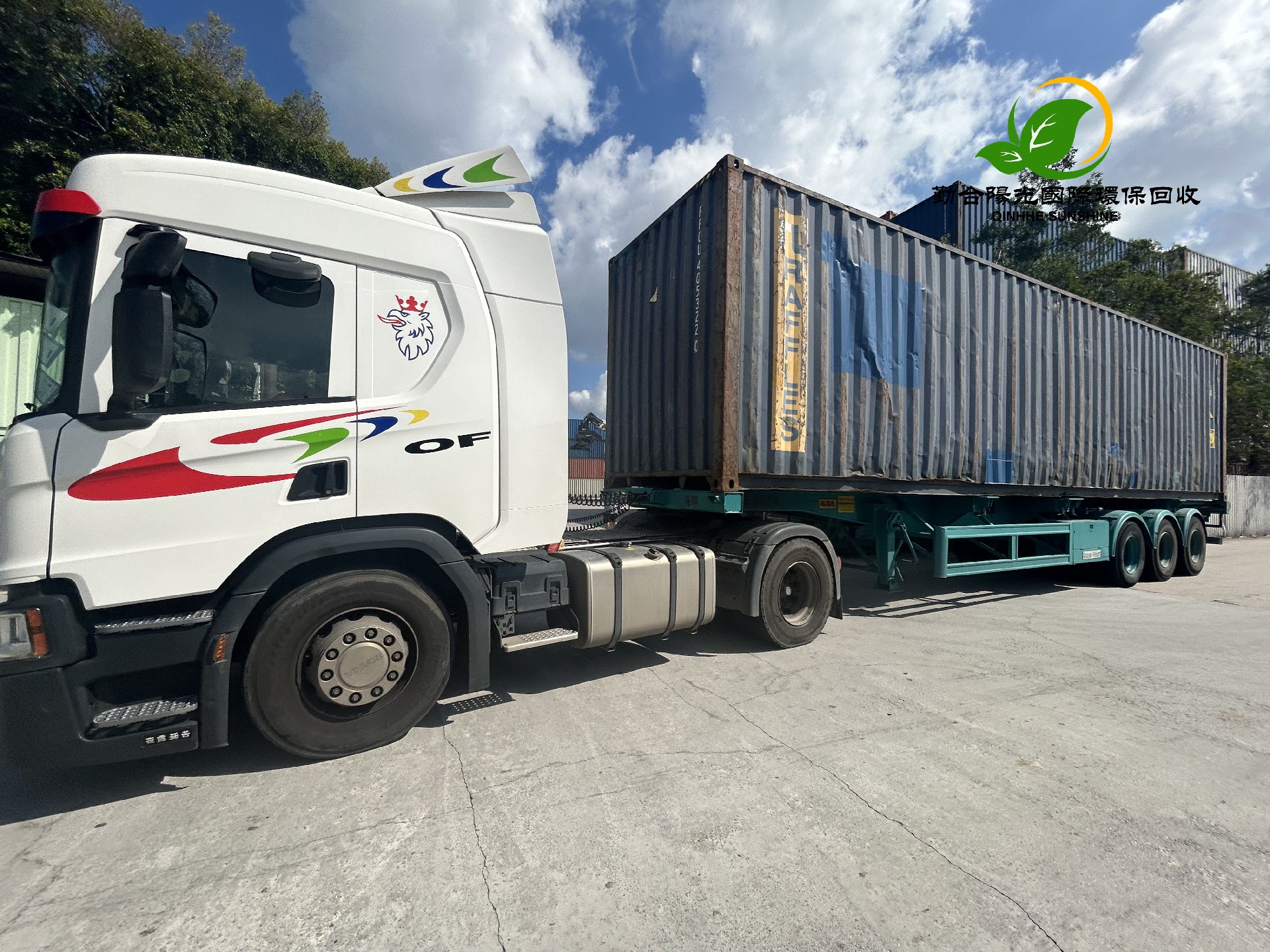E-commerce Return to Port for Recycling: A New Proposition in Cross-border E-commerce
In the landscape of cross-border e-commerce, "e-commerce return to port for recycling" is gradually becoming a crucial link. With the continuous increase in the business volume of cross-border e-commerce, the demand for returning goods to the port and recycling them has become increasingly prominent. This field contains both challenges and opportunities, and it is of great significance for optimizing the cross-border e-commerce industry chain.
Current Situation of E-commerce Return to Port for Recycling
1. Scale and Growth Trend: In recent years, the cross-border e-commerce market has been booming. At the same time, the return rate remains high. According to industry reports, the return rate of some categories of cross-border e-commerce can reach 10% - 30%. A large number of these returned goods converge at the port, causing the scale of e-commerce return to port for recycling to continue to grow. Taking China as an example, in major cross-border e-commerce export ports such as Shenzhen, Ningbo, and Shanghai, the quantity and value of goods returned to the port for processing each year are increasing at a double-digit rate.
2. Main Recycling Modes: Currently, there are mainly several modes of e-commerce return to port for recycling. One is that brand owners or e-commerce platforms set up their own recycling and processing centers, lease venues near the port, and conduct inspection, classification, and processing of the returned goods. For example, some large 3C electronics product brands will set up professional inspection and maintenance teams around the port to evaluate the returned products. Repairable products will be repackaged and enter the secondary sales channel, and those that cannot be repaired will have their components disassembled for reuse. The second is to entrust third-party professional recycling companies. These companies have rich processing experience and extensive sales channels, and can efficiently process different types of goods returned to the port. There is also a mode of cooperation with local distributors or retailers, selling some of the salable goods returned to the port to them at a discounted price and using their offline channels for sales.
3. Challenges Faced: Firstly, there are logistics problems. The logistics transportation of goods returned to the port often lacks economies of scale, and the cost of reverse logistics is high. Collecting goods from overseas consumers and then transporting them back to the port involves complex links such as international transportation and customs clearance, with high time and cost. Secondly, it is difficult to identify and classify goods. Goods returned to the port come from a wide range of sources, and their quality and degree of damage vary. Accurately identifying their value and reusability requires professional knowledge and a large amount of manpower. Moreover, there are significant differences in regulatory policies. Different countries and regions have different regulations on the inspection and quarantine, environmental protection requirements, etc. of returned goods, increasing the difficulty of processing.
Significance of E-commerce Return to Port for Recycling
1. For E-commerce Enterprises: It can effectively reduce costs. By recycling reusable goods or components, it reduces the investment in the production of new goods and saves procurement and production costs. At the same time, it can improve customer satisfaction. A perfect return to port for recycling mechanism makes consumers more confident in returning goods and enhances brand loyalty. For example, after a well-known cross-border e-commerce clothing company established an efficient return to port for recycling system, its customer repurchase rate increased by 15%.
2. For Resource Utilization: It promotes the recycling of resources. Many goods returned to the port only have minor defects or are returned due to packaging problems. After being repaired and refurbished, they can be put back into the market, reducing resource waste. For example, returned toys, household items, etc. can be resold after processing, realizing the secondary value of resources.
3. For the Market Environment: It standardizes the market order, avoiding a large number of goods returned to the port from flowing into the market in a disorderly manner and disrupting the price system. At the same time, it promotes the green development of the industry and forms a sustainable cross-border e-commerce ecosystem.
Strategies for Promoting the Development of E-commerce Return to Port for Recycling
1. Optimize the Logistics System: E-commerce enterprises, logistics enterprises, and ports should cooperate to establish a reverse logistics alliance, integrate the logistics resources of goods returned to the port, improve transportation efficiency, and reduce costs. Use big data to optimize logistics route planning to achieve fast and accurate transportation of goods. For example, by predicting the concentrated areas of returns, arrange transportation resources in advance to increase the loading rate.
2. Increase Technological Investment: Introduce intelligent inspection equipment and software systems to improve the efficiency of goods identification and classification. Use artificial intelligence image recognition technology to quickly determine the appearance damage of goods; use big data to analyze the sales and return data of goods to predict the processing demand for goods returned to the port.
3. Policy Communication and Coordination: Government departments should strengthen policy communication with other countries and regions and promote the establishment of unified or coordinated regulatory standards for returned goods. Industry associations should organize enterprises to participate in the formulation of international rules to create a good policy environment for e-commerce return to port for recycling.
Future Outlook of E-commerce Return to Port for Recycling
With the continuous development of cross-border e-commerce, e-commerce return to port for recycling will have a broader development space. In the future, it will move towards intelligence, greenness, and internationalization. Intelligence is reflected in the full-process automation and intelligence of goods inspection, classification, and processing, improving processing efficiency and accuracy. In terms of greenness, more attention will be paid to the concept of environmental protection, using environmentally friendly materials for packaging, optimizing the processing technology, and reducing the impact on the environment. Internationalization is manifested in cross-border e-commerce enterprises establishing closer cooperation with recycling enterprises around the world, forming a unified global standard and process for return to port for recycling, and promoting the sustainable development of the cross-border e-commerce industry.
我的WhatsApp:69536972-郵箱:martin.hyq88@gmail.com


 繁體中文
繁體中文 简体中文
简体中文 English
English




 咨询热线
咨询热线 公司邮箱
公司邮箱 地址导航
地址导航

